
Machine Learning 101: Supervised vs. Unsupervised Learning
The two main types of machine learning explained simply.

Zero Logic Space
AI & Machine Learning Hub
Machine Learning Explained: Concepts & Algorithms
SHARE
Machine Learning 101: Supervised vs. Unsupervised Learning
Understanding the Core Approaches to Teaching Machines
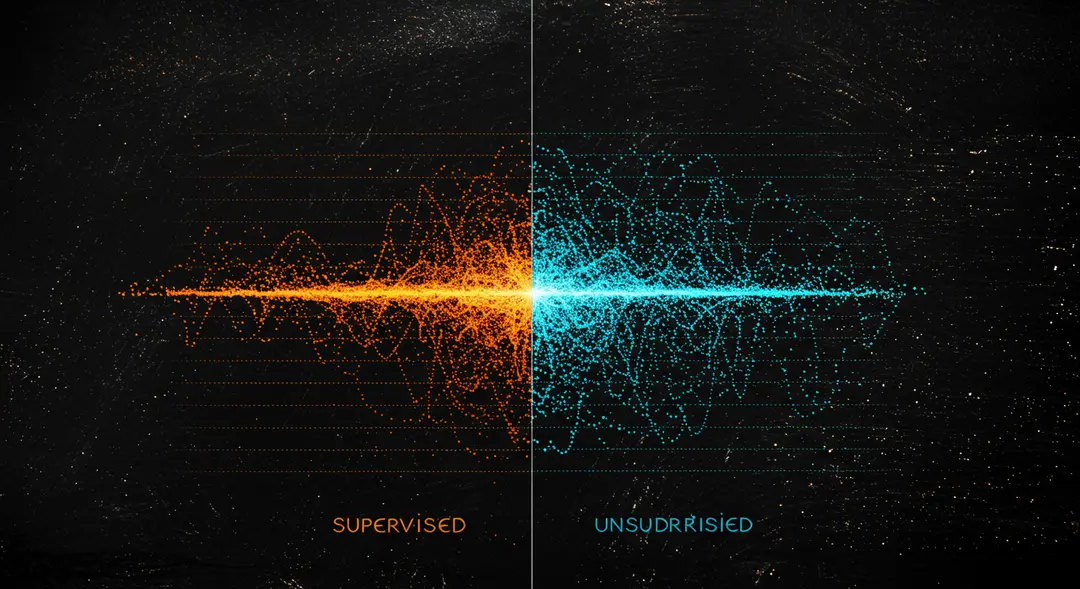
Machine Learning (ML) has become a cornerstone of modern technology, driving innovations from personalized recommendations and fraud detection to medical diagnostics and autonomous vehicles. But at its heart, machine learning is simply about teaching computers to learn from data without being explicitly programmed for every single task. While the field is vast and complex, understanding the fundamental approaches to learning is crucial for anyone diving into ML. The two primary categories that form the bedrock of machine learning are Supervised Learning and Unsupervised Learning. This guide will demystify these core concepts, breaking down how each works, the types of problems they solve, common algorithms associated with them, and when you might choose one over the other. Get ready to learn the basics of teaching machines and explore the key differences between Supervised and Unsupervised Learning.
Supervised Learning: Learning with a Teacher
Imagine you're teaching a child to identify different types of fruit. You show them a picture of an apple and say, "This is an apple." You show them a picture of a banana and say, "This is a banana." You continue this process with many different fruits, providing both the input (the picture) and the correct output (the fruit's name). This is the essence of Supervised Learning.
In Supervised Learning, the model is trained on a labeled dataset, meaning each data point in the training set is paired with the correct output or "label." The algorithm learns by comparing its predicted output with the correct output and adjusting its internal parameters to minimize the error. The goal is for the model to learn a mapping from inputs to outputs so that it can accurately predict the output for new, unseen data.
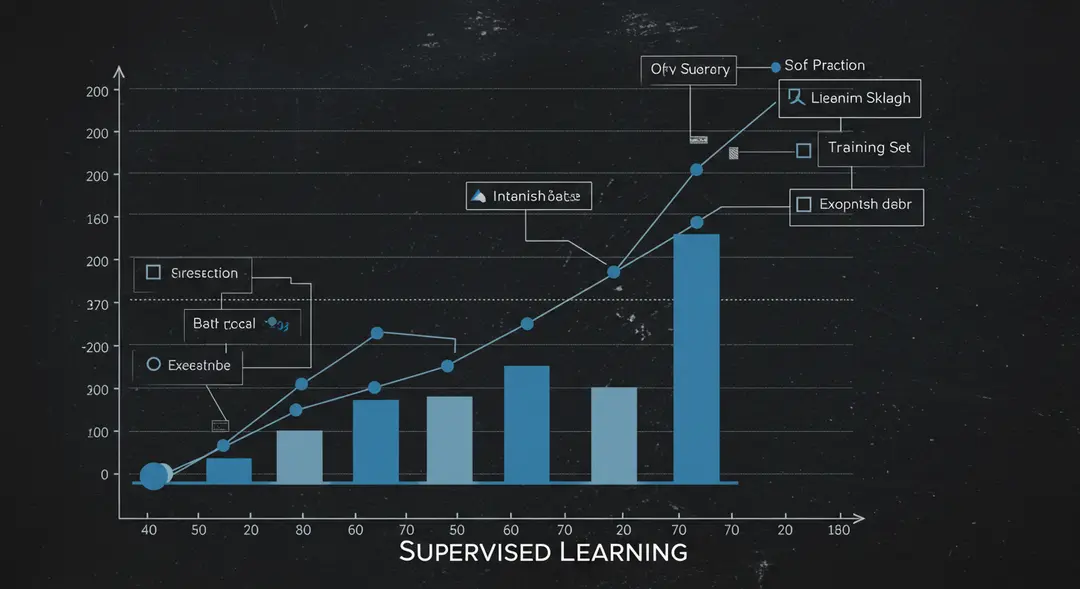
Common Supervised Learning tasks include:
Classification: Predicting a categorical label (e.g., spam or not spam, type of animal, disease presence).
Regression: Predicting a continuous numerical value (e.g., house prices, stock prices, temperature).
Popular Supervised Learning algorithms include Linear Regression, Logistic Regression, Decision Trees, Random Forests, Support Vector Machines (SVM), and Neural Networks.
Unsupervised Learning: Finding Patterns Without Guidance
Now, imagine you give a child a large basket filled with different fruits but provide no names or labels. You simply ask them to organize the fruits. They might start grouping them by color, shape, size, or texture. They are finding patterns and structures in the data on their own, without any prior knowledge of what an "apple" or "banana" is. This is analogous to Unsupervised Learning.
In Unsupervised Learning, the model is trained on an unlabeled dataset. There are no correct output labels provided in the training data. The algorithm's task is to find hidden patterns, structures, or relationships within the data itself. It explores the data to discover groupings, identify anomalies, or reduce complexity.
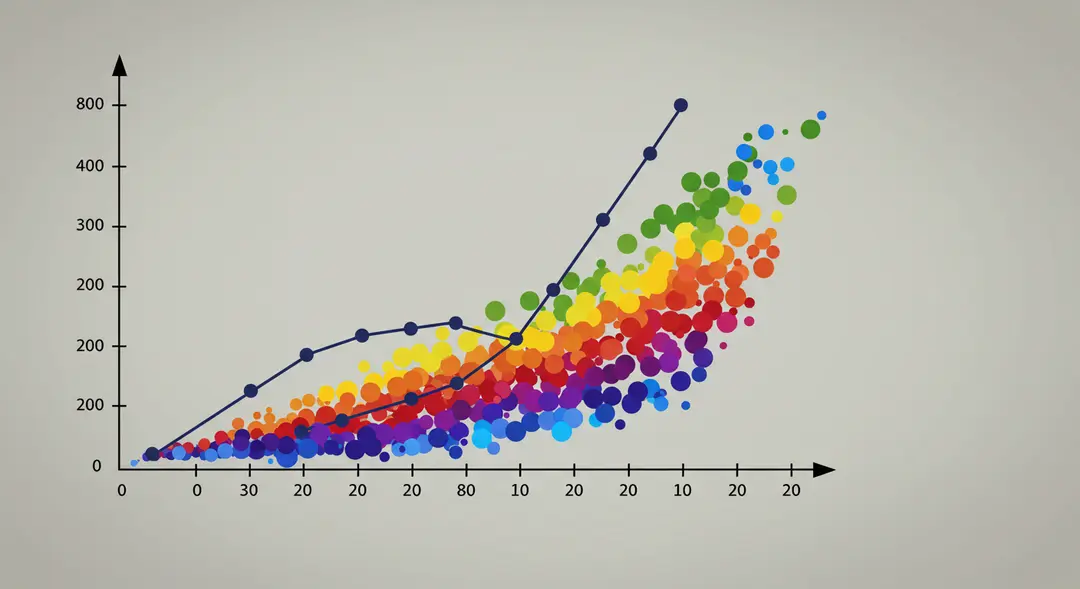
Common Unsupervised Learning tasks include:
Clustering: Grouping similar data points together (e.g., customer segmentation, document clustering).
Dimensionality Reduction: Reducing the number of features in the data while retaining important information (e.g., for visualization or noise reduction).
Association Rule Mining: Discovering relationships between variables (e.g., "customers who buy X also tend to buy Y").
Popular Unsupervised Learning algorithms include K-Means Clustering, Hierarchical Clustering, Principal Component Analysis (PCA), and Association Rule algorithms like Apriori.
Key Differences: The Presence of Labels
The fundamental distinction between Supervised and Unsupervised Learning lies in the presence or absence of labeled data during the training phase.
Feature | Supervised Learning | Unsupervised Learning |
Training Data | Labeled data (input-output pairs) | Unlabeled data (only inputs) |
Goal | Predict output for new inputs | Find patterns, structures, or relationships |
Tasks | Classification, Regression | Clustering, Dimensionality Reduction, Association |
Output | Predicts specific value or category | Discovers groupings, reduces features, finds rules |
Export to Sheets
Think of Supervised Learning as learning from examples where the correct answers are provided, while Unsupervised Learning is about exploring data to find its inherent organization.
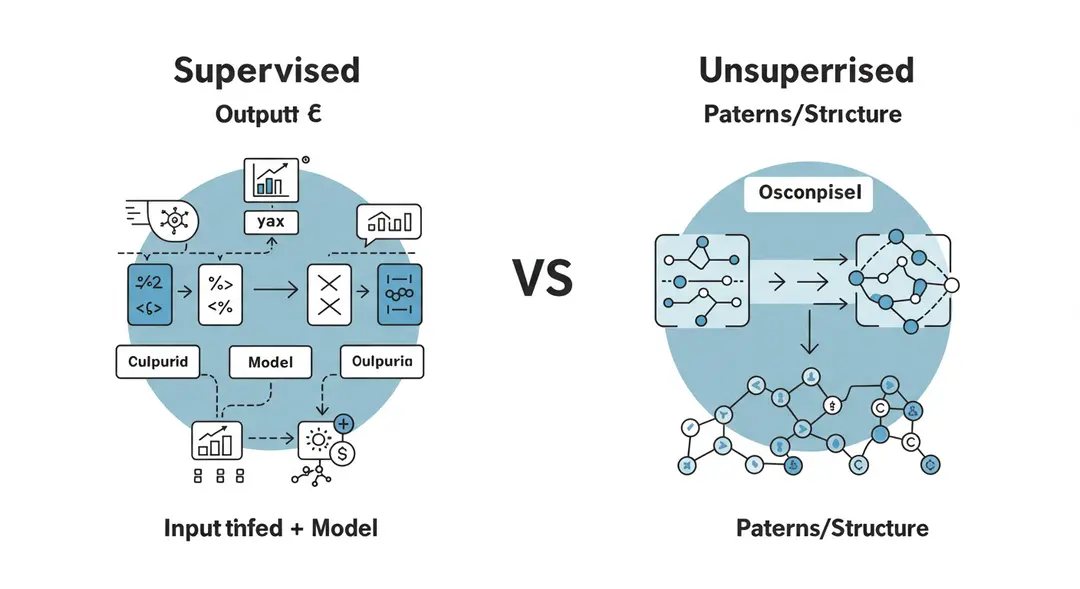
When to Use Which Approach
Choosing between Supervised and Unsupervised Learning depends primarily on the nature of your data and the problem you want to solve:
Use Supervised Learning when you have labeled data and the goal is to predict a specific outcome (a category or a value) based on new inputs. Examples include predicting if an email is spam (classification), predicting the price of a stock (regression), or classifying images of objects.
Use Unsupervised Learning when you have unlabeled data and the goal is to explore the data, find hidden groupings, simplify the data, or discover rules. Examples include segmenting customers based on purchasing behavior (clustering), reducing the number of features in a dataset for easier analysis (dimensionality reduction), or finding products frequently bought together (association).
Sometimes, you might even use both approaches in combination, known as Semi-Supervised Learning or Reinforcement Learning (another category where an agent learns through trial and error based on rewards).
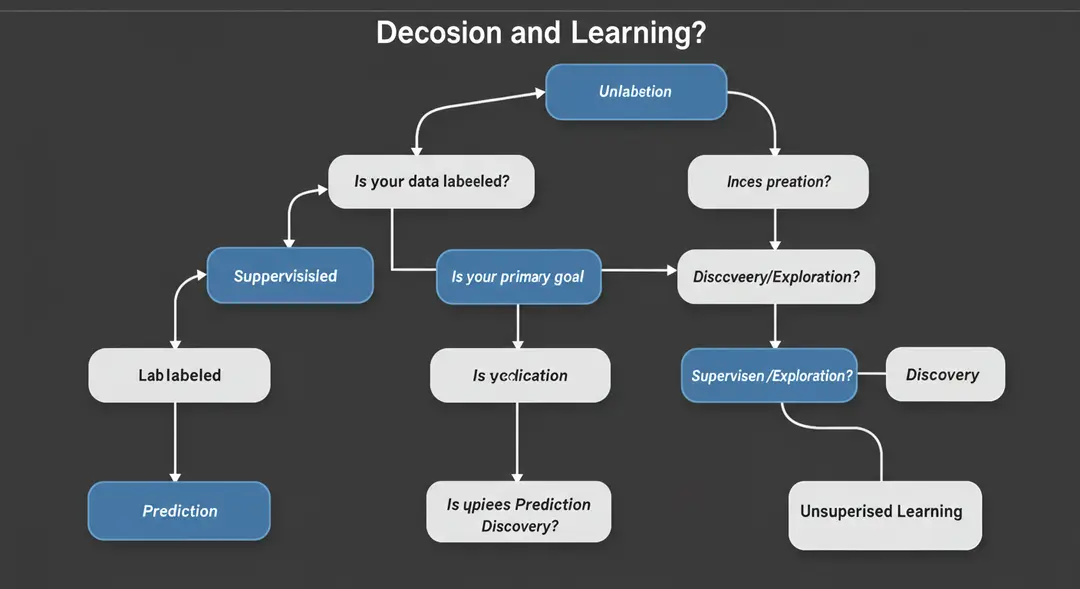
Conclusion
Supervised and Unsupervised Learning are the two foundational pillars of machine learning. While Supervised Learning thrives on labeled data to make predictions, Unsupervised Learning delves into unlabeled data to uncover hidden patterns and structures. Understanding this core difference is your first step into the fascinating world of ML. Each approach has its strengths, weaknesses, and vast arrays of algorithms and applications. As you delve deeper into machine learning, recognizing whether a problem requires a "teacher" (supervised) or simply needs exploration (unsupervised) will be key to selecting the right tools and building effective models. Which type of learning seems most intriguing to you?
Leave a Comment
Your email address will not be published.
4 Comments
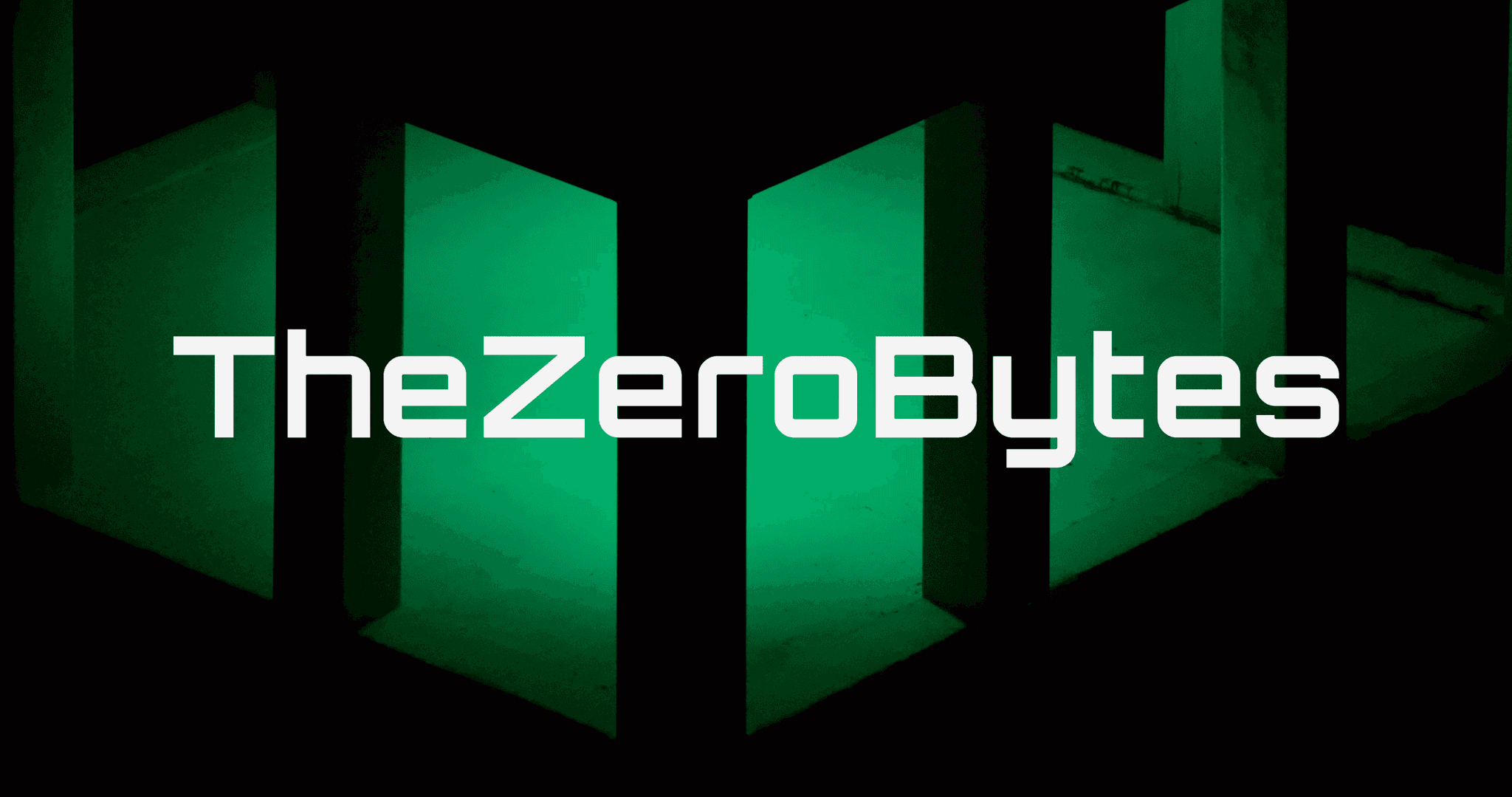
Williams Thompson
May 3, 2025
Drones are getting so smart these days, I'm starting to feel like mine’s judging my driving from the sky. On a serious note though, amazing to see how far drone tech has come. Next stop: drone pizza delivery, I hope!

Williams Thompson
May 3, 2025
Drones are getting so smart these days, I'm starting to feel like mine’s judging my driving from the sky. On a serious note though, amazing to see how far drone tech has come. Next stop: drone pizza delivery, I hope!

Williams Thompson
May 3, 2025
Drones are getting so smart these days, I'm starting to feel like mine’s judging my driving from the sky. On a serious note though, amazing to see how far drone tech has come. Next stop: drone pizza delivery, I hope!

Williams Thompson
May 3, 2025
Drones are getting so smart these days, I'm starting to feel like mine’s judging my driving from the sky. On a serious note though, amazing to see how far drone tech has come. Next stop: drone pizza delivery, I hope!
Explore More Categories
You May Also Like
Explore More Sub-Categories



















